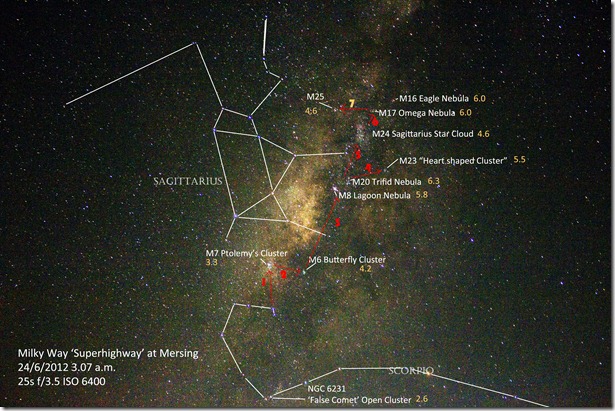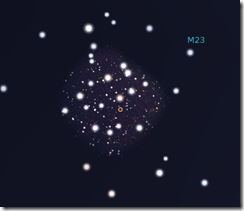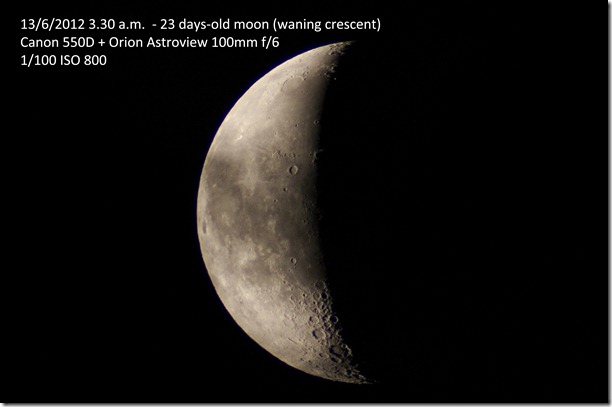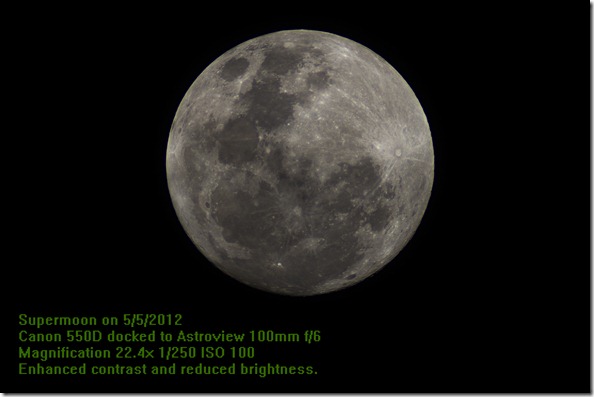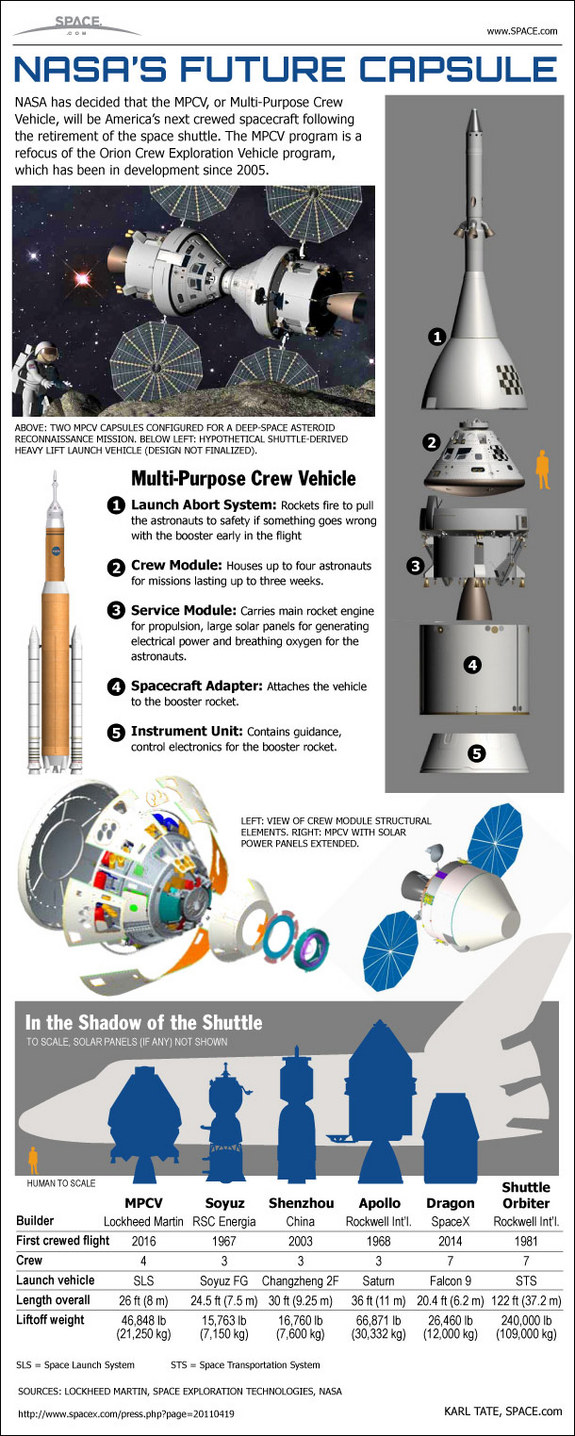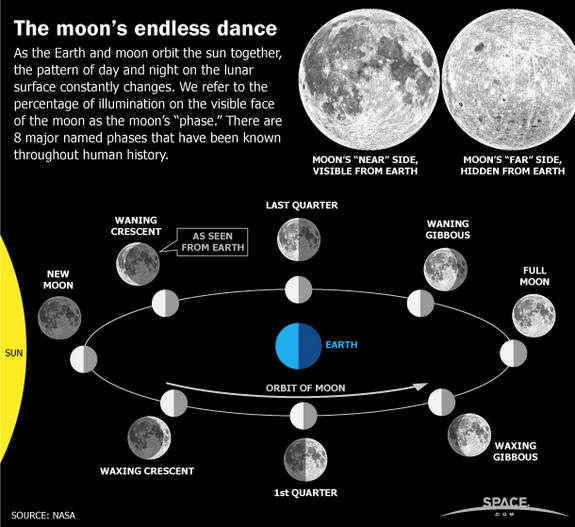Sunday 23 September 2012
Stargazer Society-a brief summary
Just in case you're wondering, we're the stargazer society @ Methodist College (somewhere in Malaysia ).
Before i proceed, congratulations to ADRIAN, ex-president and VICTOR, ex-R&D director who scored so perfectly well in their recent A-Levels finals.
Adrian: 3A* and 3 marks away from the 4th A*
Victor: 4A*. Woah
Oh, and Kee Onn, ex-ex-president is currently pursuing his aerospace engineering degree at the University of Minnesota. He got 3 A* too. Don't get me wrong, i'm not boasting about how good they are, just sharing our joy. PLUS, it's his birthday today so happy birthday!
As for now, it has been 4 solid months since our last AGM so here's a short summary of what happened.
JULY-Orientation Month
Welcome to MCKL July intakes!
After a brief introduction of our club, we discussed about planets in our universe and the constellations in 2 of our meetings.
AUGUST
We held this TANABATA event in collaboration with the Japanology Club. It was indeed successful and we had a superb night. Stories of Vega and Altair were shared with our fellow MCKLians. If you missed the fun, well don't worry as we'll be organizing another spectacular event next year! Be sure to watch out for the upcoming notices. Thanks for the feedback at the facebook event page. It couldn't have been this successful without your participation.
Next-Perseid Meteor shower
Went for a stargazing trip @ bukit tinggi. Stayed at Selesa Resort and it was pretty good ( this is not an advert ). The whole trip costed us less than RM 30. [ Now you see why you should join stargazer society? I mean where can you get outings at such cheap price and yet it's still very FUN ] They saw about 10-20 meteors but I missed all of them as I was constantly drifting back into my dreams(was too sleepy). Luckily (or not), all of us saw a bright flash which lasted long enough for us to gasp in awe and hold our breath (we did all that in one second). It was completely amazing though we didn't know what it was.
It was a 2 day 1 night trip and to kill time while waiting for the sun to set, we traveled all the way down the hill to have our dinner.
Stay tuned for updates and more pictures!
gaze. adore. explore.
_______________________________________________________________________________
" If the stars should appear but one night every thousand years how man would marvel and stare" -Ralph Waldo Emerson ", very true.
Wednesday 27 June 2012
Touring the Summer Milky Way Superhighway Part 1/2
The Summer Milky Way is a treasure trove of eye candies - star clusters, nebulae and the likes of it. On my recent trip to Mersing I had the pleasure to try my newly acquired Oberwerk 22x100 giant binoculars on what I dubbed the ‘Milky Way Superhighway’. And oh boy was it such a treat!
Guide map to the 'Milky Way Superhighway’. M(number) is the ‘code’ for the said deep sky object, a list compiled by a French guy Charles Messier in 1771. The lists includes some of the best views in the night sky and the Milky Way Superhighway are home to quite a few of them.
1. Identify the twin stars on Scorpio’s tail, Shaula and Lesath (yes they have their names). Draw a line in between these two stars and extrapolate to reach your first star-tourist attraction – M7 Ptolemy’s Cluster. Pause for a while and gaze at this beautiful star cluster, discovered by Ptolemy in 130 AD and described as ‘the nebula that always followed Scorpio’s tail’. Obviously it is not a nebula, but telescope observations didn’t take place until the 1600’s. And Charles Messier made it his 7th celestial object of comet wannabes.
 2. Well then, you noticed that there seems to be some ‘tendrils’ protruding from the fairly straight 5-star formation. Follow the direction of the two ‘tendrils’ with the lesser separation to reach M6 Butterfly Cluster. Note that as the night progresses the orientation of the cluster in the binoculars/telescope might not resemble the one shown in this page so take note!
2. Well then, you noticed that there seems to be some ‘tendrils’ protruding from the fairly straight 5-star formation. Follow the direction of the two ‘tendrils’ with the lesser separation to reach M6 Butterfly Cluster. Note that as the night progresses the orientation of the cluster in the binoculars/telescope might not resemble the one shown in this page so take note!
The Butterfly Cluster lives up to its name, it is a beautiful cluster shaped like a butterfly. The only lone red star in a sea of blue only adds to its uniqueness.
 3. Now we will take a slightly long hike and leave the province of Scorpio.
3. Now we will take a slightly long hike and leave the province of Scorpio.
The hike to M8 Lagoon Nebula is a little tricky. First, go back and forth from M6 to M7 to gauge the distance between the two clusters. Then, at an angle of 90 degrees to the side where the red star is at M6, turn your knobs three times that distance, then turn another 90 degrees to the other side to find M8.
You might not find it the first time round. Try to ‘scan’ the right side of the sky when you’re turning the knobs (as indicated with the yellow arrows) during your hike to the Lagoon. If you are using a finderscope do also check your positio with Alnasl and the other star to gauge your distance and check whether you’re heading in the right direction.
Well then, you think you’ve reached M8! Why don’t you see the characteristic red glow of the nebulae? If you’re expecting that, sorry to tell you that our eyes will never see the colour of a nebula, it is simply too faint. Only cameras can capture that red glow. In fact, we don’t even see colours in our own Milky Way, it just appears as a thin hazy cloud to us.
If your sky is good you can see some wispy hazy smudges in your telescope/binoculars. These are really the best you can see already, it’s called the ‘nebulosity’ of the object. But if you don’t, do not fret! We have a way to I.D. the M8 -
This is a 1-second exposure from my telescope. Notice the pattern of stars in the red circle – it resembles a three leaf clover :-) yeah, that’s how you identify this fella!
Just beside the clover you will see another few groups of stars. Take your time to identify the patterns of stars if you can observe no nebulosity. It’s hard, but it’s quite worth the hunt. The M20 Trifid Nebula is actually a very nice and colourful two-coloured nebula.

4. Now let’s go on to the M23 “Heart-shaped” open cluster.
Draw a line from the clover formation of M8 and the triangle formation on M20 and extrapolate to navigate to M23. M23 is at a magnitude (brightness scale) of 5.5 so it might be a little tough to find it under city or suburban skies or with telescopes with less aperture. I did it with my 4-inch though.
The “heart-shape” name was my moniker for this cluster because it was the way how I identified it. The heart will be quite distinct if you manage to locate this cluster. This cluster is pretty small though, be prepared to see a small heart unlike the picture featured here.
Well then that’s all for Part 1. Stay tuned for Part 2!
Wednesday 13 June 2012
23-days old Moon Tour
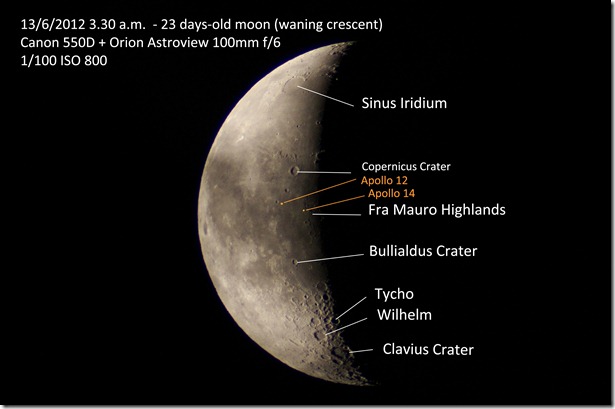
Identified by eye using a moon map.
Up there you have Sinus Iridium, Latin for 'Bay of Rainbows'. Makes you wanna build a seaview apartment there, eh? It does face a sea, but a sea with no water - a 'mare', and in this case it faces the lunar sea Mare Imbrium.
Go down and you can see Copernicus Crater, a crater estimated to be form 800 million years ago. It is not shown here but nearing the Full Moon phases you can see that it displays a prominent ray system that makes the Full Moon looks like a watermelon. :P
Example of the ray systems at work.
Apollo 12 is the first manned spacecraft to rendezvous with a lunar rover - Surveyor 3. And yeah, they are the ones who found some bacteria on the lunar rover, thought it was aliens at first but later found out that its some flu germs that someone sneezed on during assembly of the rover.
Apollo 13, the ill-fated mission was supposed to go to the Fra Mauro Highlands. Apollo 14 did the job instead, sampling the lunar soil there which helped determine the time of the impact that caused it and eventually the age of the Moon.
Craters are abound in the southern hemisphere. You can see that Clavius Crater features a small impact on top of a larger impact crater. Geologists use this to deduce the age of the impact craters - surely the larger one came earlier than the younger one!
Bullialdus crater features a sharp pointy edge at the centre of the crater (if your eyes are sharp enough). This tells of the process of the impact basin formation and the viscosity of the lunar magma at the time of impact, a certain moment in the Moon’s history. If the lunar magma is too liquid at the time of impact it won't form such a crater!

For more details go to : http://www.lpi.usra.edu/nlsi/education/hsResearch/crateringLab/lab/part1/background/
Monday 11 June 2012
The Greatest Show on Earth
 Final moments of the Transit of Venus compiled.
Final moments of the Transit of Venus compiled.
^- A compilation of my shots over the course of the eclipse. We never got to observe the starting as our location made the transit started before the Sun rose over our area. Weather was cloudy too, but we managed to observe it!
Is this image worthy to be your computer wallpaper?
Link to original file (~4MB)http://www.fileden.com/files/2009/12/17/2692122/wallie%20vt.jpg
_______________________________________________________________________________
 We, the whole Stargazer Society gang went to the National Planetarium to join in their observation activities.
We, the whole Stargazer Society gang went to the National Planetarium to join in their observation activities.
Many of the public and schools also attended the event! I even see some daycare centres brought their kids too! Gotta love their enthusiasm :-)


Visitors observing the Transit through a This is a weird looking setup but it's actually
Meade LX200... this baby is at least worth quite ingenious! You can see the Sun's image
RM20,000 I presume! Lucky fellows! in it!
Below : The Sun's image in the cardboard thing. It was actually reflected from the sunlight through the tube on a small screw. I didn't get to picture the whole setup, the crowd was impatient and too excited!

Saturday 19 May 2012
Taking photos of star clusters
First you have to focus on the subject. I focus by swinging the rack and pinion focuser back and forth until I get the sharpest image in my opinion.
Then, the photography settings - I usually use an exposure of 1-2 seconds max to reduce star trailing. ISO is cranked up to the region of 1800-6400.
Below are some of the images I've taken through prime focus. You may have seen them on facebook but here it's much clearer :)
Monday 14 May 2012
Saturday 5 May 2012
Astrophotography Workshop with William Chin
Photo Credits to John Lim.
With the leadership of Malaysia's ace astrophotographer William Chin, stargazers Chrono, Simpson, Kenza Chen and John Lim starts snapping away in <30 secs exposures to freeze the stars in motion.
William Chin Pro Tip : Focusing is all-important in photographing the stars. If you don't focus properly, your picture is shit. How to focus on the stars?
- Turn off the AutoFocus, the Image Stabilizer.
- Point your camera to a streetlight far away, or if any bright stars is visible, to the bright star.
- Turn on LiveView (or any other programmes that makes the scene visible on the LCD) and focus manually until you get a sharpest dot for the streetlight.
- For better results, zoom in - and focus again until you get a sharpest dot.
- When you are happy with the focus, point to the stars - and DO NOT touch the focus anymore. If you touch it the focus will go off and you will have to redo it.
This is an example of a star shoot. The blue background which makes it looks like daylight is caused by a combination of factors - the fact that it was almost Full Moon at that time, some light pollution and the Custom White Balance setting in the camera. It can be corrected in Photoshop. More details about that soon.
William Chin Pro Tip : Exposures without guidance (just tripod and DSLR) are best in 20-25 seconds for stars near the North or South (e.g. Big Dipper or Southern Cross), and 10-15 seconds for stars near the equator (for Malaysia, it's the stars directly above our heads), for example the Zodiacs - Scorpio, Sagittarius, and others such as Orion and Canis Major.This picture features the Big Dipper! Can you spot it? :-) This was taken with Canon 40D, f/3.5, exposure 15s at ISO 400. Same for all the other pictures below.
This super large one features the most easily spottable constellations Scorpio and Sagittarius - as well as the most heavy traffic observed in our skies - the Milky Way! While the stars may be little in others parts of the sky, along the Milky Way Expressway the stars just keep on going, and the number of clusters and nebulae inside are too damn high!
Do you see a faint cloud-like thing at the centre of the picture? That's the Milky Way!!
Well that's about it for the brief astrophotography session with William Chin at (undisclosed location), Kajang! We look forward to more sessions with him!
Amateur Telescope Making starts in Kajang!
First, What is ATM?
ATM is an activity of making your own telescope from scratch. You can also buy the parts separately and assemble them. Most ATMmers usually grind their own mirrors though. The most popular design for ATMming is the Dobsonian Reflector, also known as the 'Poor Man's Telescope' due to its most simple design.
We recommend ATM because when you make your own telescope, you will understand the very delicate workings of a telescope. It is also a chance for you to experience yourself the applications of the optical laws, the trigonometry mathematics, even the mechanics involved with the telescope! However, it is entirely optional and pretty much anyone can build a decent 6-inch Dobsonian given that they have lots and lots of passion. Yes, you need LOTS AND LOTS of passion.
Our fellow stargazer Simpson was recently back from his 'pilgrimage' to Universiti Sains Malaysia and his apprenticeship to the Malaysian ATM mentor Dr Pierre Chong (Find him on Facebook). Immediately he started the gears in creating ATM fever in Kajang, Selangor!
This is the makeshift workshop for Kajang ATM. The left table is Simpson's, whose mirror is still in progress. The right table is Chrono's, who have just started the ATM in Kajang.
Stay tuned! Everyday we ATM-min'!
Tuesday 24 April 2012
Lyrids Watch 2012
In between discussions of activities for the new semester (we promise that it'll be an exciting one!), we counted meteors and got a count of 15 in 3 hours! The sources says that Lyrids are 10 per hour, so in average we got 5, not bad.
The skies above are also gloriously filled with stars, we took the chance to do some astrophotography :-) and surprise, surprise - we pictured the Milky Way!
In this picture... there is Sagittarius and Scorpio... and the Milky Way in between.
The white 'clouds' is the Milky Way! This picture is taken by our new publicity director Qin Ni!
We also docked our DSLRs to the Astroview 100mm (some of you remember him as 'Steve') and got some pictures of faint star clusters. It's not as spectacular as the Hubble images, but still amazing in its own right!
M4 Globular Star Cluster ->
<- M6 Butterfly Cluster - do you see a butterfly shape?
M7 Ptolemy's Cluster - legend has it that it was commonly called as the 'nebula on Scorpio's tail' until astronomers with telescopes zoomed in and found this pretty cosmopolis of stars.
This is all for our adventure. Cheers for the new 4th generation Stargazer Society - and potentially the best one yet!
Saturday 21 April 2012
Lyrids and the Stargazer Society
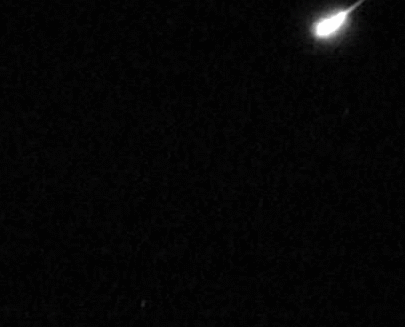
It's time for the meteor showers of spring, the Lyrids! This year the Lyrids are good to see in a fully moonless night. Lyrids are moderate showers unlike the 'Grand Showcases' of the Perseids and the Geminids. However, just step out and look out for some meteors - maybe you can get a glimpse of a massive fireball!
YOU DO NOT NEED A TELESCOPE TO ENJOY AT A METEOR SHOWER. Much patience is needed though! The best way is to go out to the playground, find a spot with the least streetlights, open your sleeping bag and just lie down and soak in the nightly dew while waiting for a meteor to streak across the sky!
Lyrids Watch 2011 in the University of Nottingham Malaysia Campus
Our first collaboration event with another university! *nostalgia*10 Stargazer Society members went all the way to Semenyih to bring the joy of stargazing to students in UNMC. (despite a few weeks from edexcel exams lol) It was an unforgettable experience, although the clouds set in for more than half of the nights but many people still had the chance to see Saturn and other astronomical objects through the 3 telescopes at the event - by Ms. Teoh and Ms Yap and Zhenyu Law. (the one in the picture below!)

Meteor showers are one of the best experiences in your life that you shouldn't miss! Go out and hunt them now! :)



